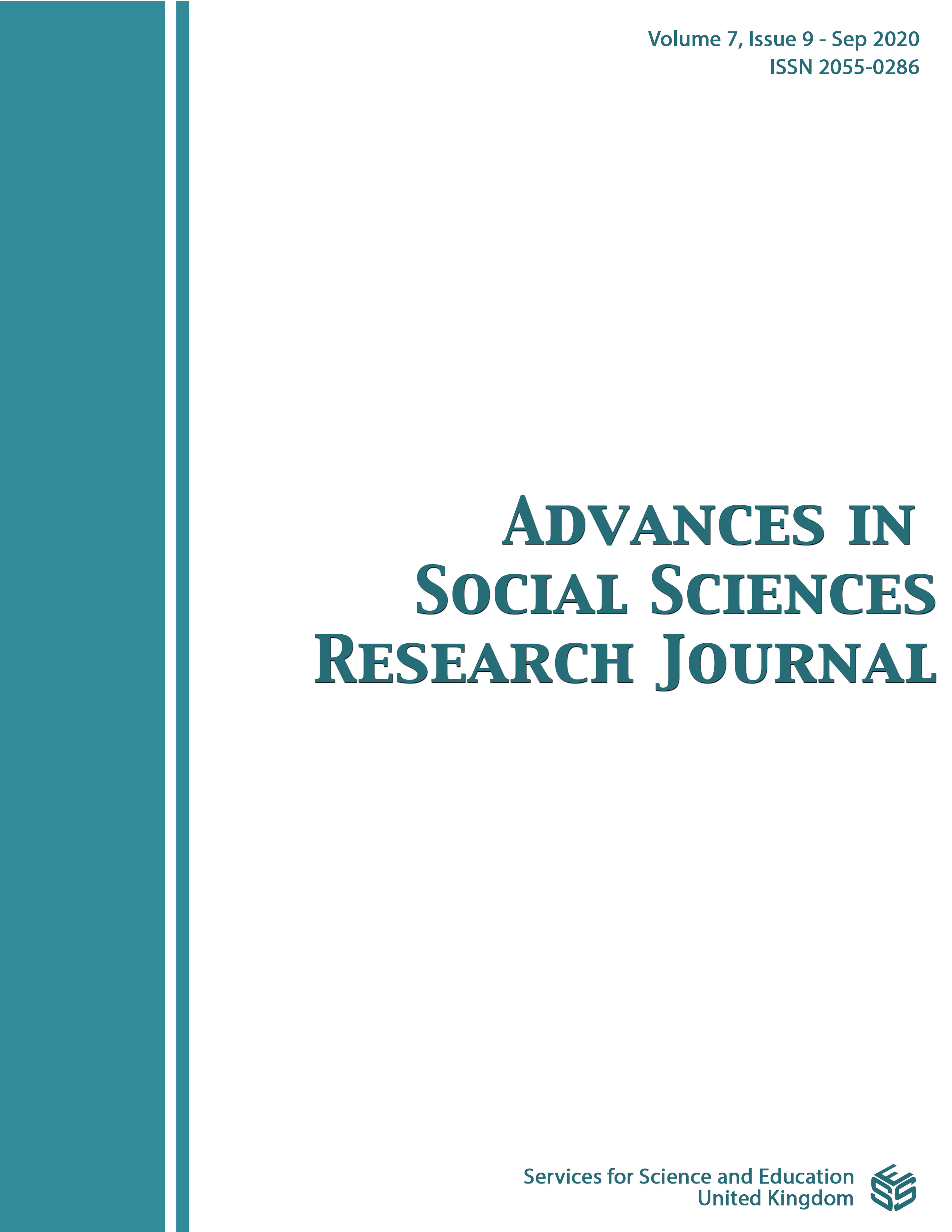Cashless Payments and its Impact on Inflation
DOI:
https://doi.org/10.14738/assrj.79.9074Keywords:
Cashless; Inflation; E-Money; CardAbstract
Payment with a non-cash system can simplify transactions and are increasingly used. The advantages of non-cash payments are not only due to convenience, speed up transaction time, and time savings but also the benefits that can reduce the circulation of money in the community. The less the amount of physical money in circulation, it will indirectly affect the inflation rate. However, there are inconsistency of research results regarding the relationship of non-cash transactions and inflation. These issues constitute a research gap on cashless payments and inflation in Indonesia. This study aims to prove the relationship between cashless payments and inflation in Indonesia. Using data from Central Bureau of Statistics Republic of Indonesia and Bank Indonesia over the period 2019-2020Q2, the results confirm that electronic money decrease inflation. The research approach in this study focuses on quantitative analysis using the Ordinary Least Square (OLS) method. The results of this study indicate that partially the relationship between debit card transactions and inflation has no significant effect. Credit card transactions have no significant effect on inflation, while electronic money transactions have a significant effect on inflation in Indonesia. Non-cash transactions intensified by Bank Indonesia through the cash-less society need to be considered more with the public's understanding of the use of non-cash transaction instruments so that the use of non-cash transactions in Indonesia is not only used for cash withdrawals but is used in every transaction.
Downloads
Published
How to Cite
Issue
Section
License
Authors wishing to include figures, tables, or text passages that have already been published elsewhere are required to obtain permission from the copyright owner(s) for both the print and online format and to include evidence that such permission has been granted when submitting their papers. Any material received without such evidence will be assumed to originate from the authors.






